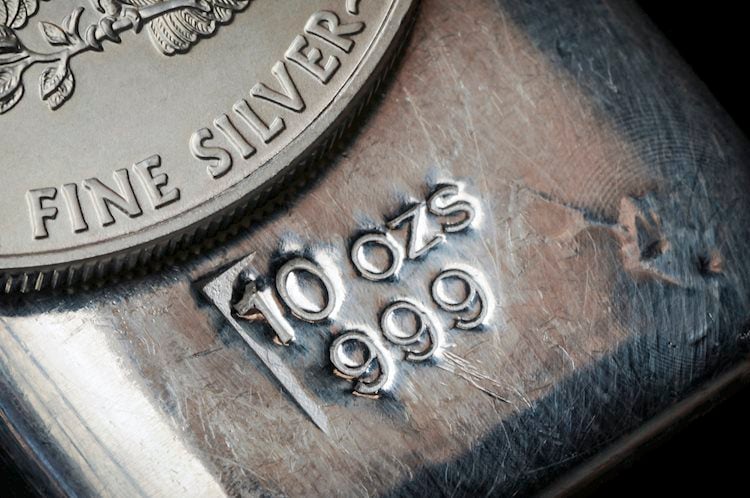Pix celebrates its first birthday this November 16th. Within a year, the rapid adoption of Brazilians to the instant payment system surprised financial institutions.
The latest statistics released by the Central Bank (BC), from September 2021, show that the transactions made by Pix exceed those carried out by tickets, TEDs, DOCs e cheques added together.
The system logic is simple: you enter the application of the bank where you have an account, register a “key” – which can be a mobile number, social security number, email or a random key suggested by the bank – and carry out the transaction , which makes the payment instantly and without requiring any other information about the account that will receive the amount.
Payment can be made from a checking account, savings account or prepaid payment account.
Statistics
According to data released by the Central Bank (until October), Pix had more than 348 million registered keys, with most of them, 121 million, the random key. were more than 1.6 billion transactions in this first year.
Transfers between November 2020 and October 2021 have already moved almost BRL 4 trillion.
About 75% of transactions are carried out between individuals. The transfer from individual to legal entity has grown, reaching 16% today.
Individuals also concentrate the majority of accounts registered in the Transactional Account Identifier Directory (DCIT). There are about 217 million, against 9 million legal entities.
The Central Bank also currently has 762 financial institutions in the system, including 616 credit cooperatives.
Accession
For specialists, the adhesion of Brazilians to Pix was more positive and faster than imagined.
The Director of Financial System Organization and Resolution of the central bank, João Manoel Pinho de Mello, said in October that around 40 million people in Brazil made their first bank transfer through the Pix.
“Before they never did. This is inclusion”, he said, arguing that part of this number is due to the free nature of the system and highlighting that financial inclusion is a major goal of the Central Bank.
The change to the method contributed to democracy and helped in the inclusion of Brazilians who did not use the banking system, according to Thaís Cíntia Cárnio, specialist in Banking and professor of International Economic Relations and Financial Market at Mackenzie University.
“Pix helped with inclusion, with democratization and, when people feel integrated into the banking system, they have the opportunity to access credit more easily, it is an exercise in citizenship”, he said.
According to data from the Central Bank, 14 million Brazilians opened a bank account for the first time in 2020, at the height of the pandemic. The volume is mainly a result of Pix and Emergency Assistance.
Seeking inclusion in Brazil must be our priority”, said Ricardo Teixeira, a researcher at the Getúlio Vargas Foundation (FGV).
With just over six months in operation, a survey was carried out in which 76% of Brazilians said they had a high degree of confidence in Pix. The study indicated that 85% of young people aged 18 to 22 trust Pix, while among people aged 56 to 65, trust drops to 71%.
But the distrust of older people does not diminish the belief that Pix is more “reliable” to carry out transfers of larger amounts of money than traditional DOC and TED, for example. Altogether, 68% of respondents said they have high confidence in the modality to transfer large amounts of money, while only 5% said they have “low confidence”.
Evolution
In the first quarter of 2021, the Central Bank made it possible to integrate the applications of financial institutions with the contact list on smartphones.
This facilitates the identification of contacts that the cell phone has or the email as a Pix key, according to the entity.
The BC also established a shortcut to the institution’s service channel, with the aim of dealing with complaints.
Safety
The Central Bank changed Pix’s rules in August 2021, after lightning kidnappings rose after the tool became widely used.
The main change was the impediment of larger financial movements during the note period. From 8:00 pm to 6:00 am, a limit of R$1,000 was established for transfers to the same bank.
“Pix is safe, the world is not”, says Rodrigoh Henrique, leader of financial innovations at Fenasbac (National Federation of Central Bank Server Associations).
“We are transitioning to the digital world, and we’ve moved all of our precious data and information to mobile. We still don’t understand how much we are risking in this process”, he says.
Rodrigoh explains that before, people were afraid of losing their wallet during a robbery, with the documents and physical money they had. Today, as everything is available on cell phones, he says that the focus of the protective instinct must be different.
“We have to understand that security in the digital world is something to get used to”, he says.
The Central Bank also changed, on November 12th, some rules on infractions and penalties for participants who violate Pix regulations.
The offender starts to receive notification so that he adopts or ceases a certain practice. Furthermore, in cases of recurrence, the institution must present an action plan to the BC.
The regulation provides for fines ranging from R$50,000 to R$1 million. With the aim of disciplining users of the tool, the BC drew up a Penalty Manual.
New features
Later this year, Pix will have more news. Pix withdrawal and change, Pix collection, automatic debit and payment initiator in Pix are the new features that will be made available in 2021.
From day november 29, the Saque e Troco Pix will be available for Brazilians. As the name suggests, the new service allows the user to see in the bank’s application where he has an account which stores have cash and are able to provide cash.
In short, the person sees the nearest available store following its location, makes a Pix and receives the physical money.
On the same date, a function called Payment Transaction Initiator (ITP) is planned, which will allow the user to make Pix without having to leave the interface they are browsing to enter the bank’s application.
A person can, for example, order food through a delivery service application and pay there, without having to use the copy and paste option. ITP is part of Phase 3 of Open Banking in Brazil, a system that aims to integrate user information.
With an eye on security, another novelty is the precautionary block in case of suspected fraud, with the return of funds in cases of proof of a coup or operational failure in the systems of participating institutions. This new feature takes effect this Tuesday (16).
Finally, at the end of 2021, the Central Bank must publish the specifications of two functionalities: Pix collection and automatic debit in Pix. The first one will be improved, with the standardization of the remittance file and the feasibility of batch collections.
The automatic debit in Pix, as the name suggests, will facilitate recurring payments through the tool.
In May of this year, the president of the Central Bank, Roberto Campos Neto, stated that the Bank continues to study new features for the system, such as the use of face reading, Pix by approximation and the offline use of the payment method.
Pix – tests your knowledge
What is Pix?
How does it work?
Does it work at what time?
What are keys?
How many keys can I register?
Can I have the same key in two banks?
Can I only do Pix on my cell phone?
What is the minimum and maximum value of a transition?
Can I make payment slips and/or buy retail via Pix?
Is it possible to cancel an operation via Pix?
Quiz Maker – powered by Riddle
Reference: CNN Brasil
I am Sophia william, author of World Stock Market. I have a degree in journalism from the University of Missouri and I have worked as a reporter for several news websites. I have a passion for writing and informing people about the latest news and events happening in the world. I strive to be accurate and unbiased in my reporting, and I hope to provide readers with valuable information that they can use to make informed decisions.






